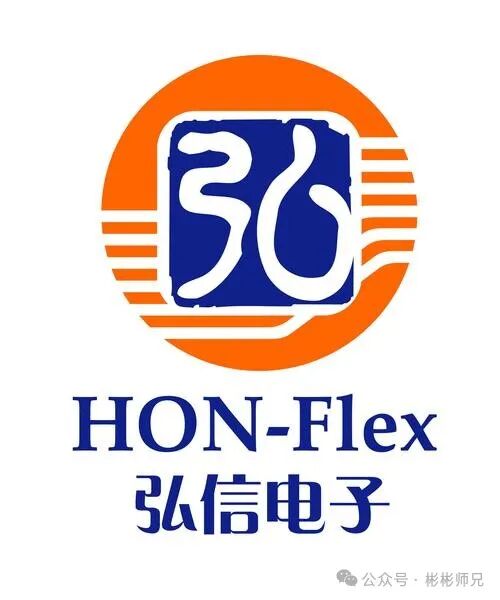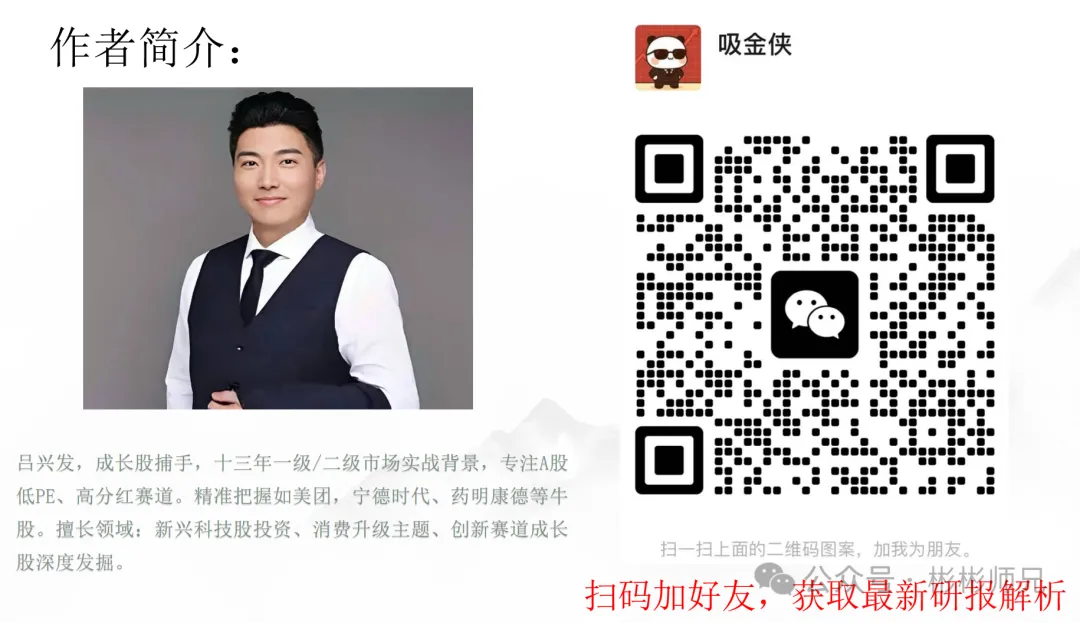1. From “Wolf Culture” to “Family Culture”: The Genetic Code of This Company
I was staring at the annual report of Hongxin Electronics on my computer screen when a description caught my attention — “Sales Director Xu Xiaolan, who has been with the company for 19 years, choked up at the 20th anniversary celebration, saying that the company provided her with a growth platform from an ordinary salesperson to management.” This sense of belonging among long-term employees is rare in the electronics manufacturing industry.
This company, which started in 2003 with 1.5 million yuan, has engraved “integrity, responsibility, collaboration, and innovation” into its DNA. The “patent certificate for foldable screen technology” hanging on the wall of the R&D center testifies to their 20 years of deep cultivation in the flexible circuit board (FPC) field. What surprised me even more was that they actually established a “Filial Piety Fund” to provide subsidies to employees’ parents every month. This “family culture” reminds me of a combination of Huawei’s “wolf culture” and the warmth of Haidilao.
2. Status in the Industry: The “Invisible Champion” in the FPC Field and a “Disruptor” in the Computing Power Arena
In the FPC industry, Hongxin Electronics is a low-key but formidable player. In 2022, their domestic market share for FPC used in smartphone display modules was 49.78%, ranking second internationally. However, in the past two years, they suddenly crossed over into the computing power arena, collaborating with Suiruan Technology to develop AI chips and co-building the Qingyang Intelligent Computing Center with Alibaba Cloud, even acquiring the elite partner of NVIDIA, Alliance Communication.

Competitors are getting anxious. Dongshan Precision (the second largest FPC manufacturer globally) is backed by Apple, while Winbond Technology (a leader in PCB for graphics cards) holds 50% of NVIDIA’s computing power board share. Hongxin Electronics’ “rural encirclement of cities” strategy is proving effective — the computing power business is projected to generate 1.988 billion yuan in revenue in 2024, with a gross margin of 19.72%, far exceeding FPC’s 2.75%. However, some investors are concerned: “With the eight major hubs of East Data West Computing, will Hongxin only occupy Gansu and become a ‘migrant worker’ role?”
3. Technical Gamble: Betting on AI Computing Power, Can They Seize the Next Opportunity?
The electronics industry is undergoing a “silicon-based revolution.” The global semiconductor market is expected to grow by 12.5% by 2025, with explosive demand for AI servers. Hongxin Electronics’ technical layout resembles a high-stakes gamble:
- Flexible Electronics: Breakthroughs in FPC technology for foldable smartphones, exclusively supplying the complete circuit board for Xiaomi’s Iron Egg robot.
- Computing Power Hardware: Suihong AI chips are adapted through the DeepSeek full model, and the Qingyang Intelligent Computing Center has deployed tens of thousands of domestic acceleration cards.
- Frontier Exploration: Although fourth-generation semiconductor materials like gallium oxide and aluminum nitride have not yet been mass-produced, they are collaborating with Moore Threads to develop an industrial quality inspection AI system, positioning themselves in edge computing ahead of time.
However, the risks of technological iteration loom large. An industry insider privately told me: “Their computing power servers have a gross margin 5 percentage points lower than that of Zhongke Shuguang, and cost control is a major issue.”
4. Financial Overview: The “Illusory Fat” and “Real Thin” Behind Turning Losses into Profits
The financial data for 2024 is impressive: revenue of 5.875 billion yuan (+68.91%), net profit of 56.81 million yuan (turning losses into profits). But breaking it down:
- FPC Business: Revenue of 3.097 billion yuan (+6.95%), with a gross margin of only 2.75%, almost operating at “break-even”.
- Computing Power Business: Revenue of 1.988 billion yuan (a new segment), with a gross margin of 19.72%, but the net profit after deducting non-recurring items is still a loss of 65.32 million yuan.
- Cash Flow: Net cash flow from operating activities is 203 million yuan, but capital expenditures are as high as 520 million yuan, posing a “blood supply shortage” risk.
This reminds me of OFILM in 2018 — relying on Apple orders to sustain revenue, but facing a crisis due to single customer risk. Will Hongxin Electronics repeat this mistake?
5. Strategic Dilemma: A Pawn in “East Data West Computing” or a Player in the Computing Power Ecosystem?
Standing at the crossroads of 2025, Hongxin Electronics’ strategic layout is ambitious:
- Computing Power Infrastructure: The Qingyang Intelligent Computing Center aims to reach 10,000P mixed computing power within two years, equivalent to the total computing power of 500,000 ordinary computers.
- Customer Binding: Upgrading from a secondary supplier for Huawei and Xiaomi to a direct supplier, and even establishing a joint venture with Suiruan Technology, which is invested by Tencent.
- Risk Points: In 2024, accounts receivable accounted for 28.6% of total assets, and inventory turnover was 6.72 times, below the industry average.
But the opportunities are equally enticing. If the demand for AI computing power continues to explode, their “green inclusive computing power” concept may become the key to breaking through — using low-cost green electricity from the west to provide computing power leasing for large model enterprises in the east. This “East Data West Training” model may replicate the success of the Guizhou big data center.
6. Capital Trends: Institutions “Vote with Their Feet”, Retail Investors “Take the Bait”?
The recent data from the dragon and tiger list is thought-provoking:
- Northbound Funds: Increased holdings by 2.3 million shares in March, but reduced holdings by 1.8 million shares in April, showing a “high sell low buy” characteristic.
- Institutional Holdings: E Fund, Fortune Fund, and others reduced their holdings in 2024Q4, while social security funds quietly increased their positions.
- Analyst Ratings: 12 brokerages gave a “buy” rating, with the highest target price at 35 yuan, but CITIC Securities warned that “the valuation of the computing power business is too high.”
This divergence reminds me of CATL in 2020 — at that time, institutions also had mixed feelings about the new energy sector.
Finding Certainty Amid Controversy
Hongxin Electronics is like a “contradictory complex”: the FPC business is stable as a rock, while the computing power business is like a roller coaster; the management dares to bet on technological trends, but financial risks are lurking beneath the surface. As a retail investor, I will pay attention to two signals: whether computing power orders continue to increase and whether the FPC gross margin can rise above 10%.
Finally, a reminder: there is no holy grail in investing, and even the best companies can hit a wall. As Hongxin Electronics’ chairman Li Qiang said at the 20th anniversary celebration: “Only after the phoenix bathes in fire can it be reborn, and the eagle must face the storm to soar.” In this storm of AI computing power, is Hongxin Electronics the reborn phoenix or the wing-clipped eagle? Time will tell.

Disclaimer
This article is a personal diary and does not constitute investment advice. All views expressed in this article are solely my personal stance and do not have any guiding significance.